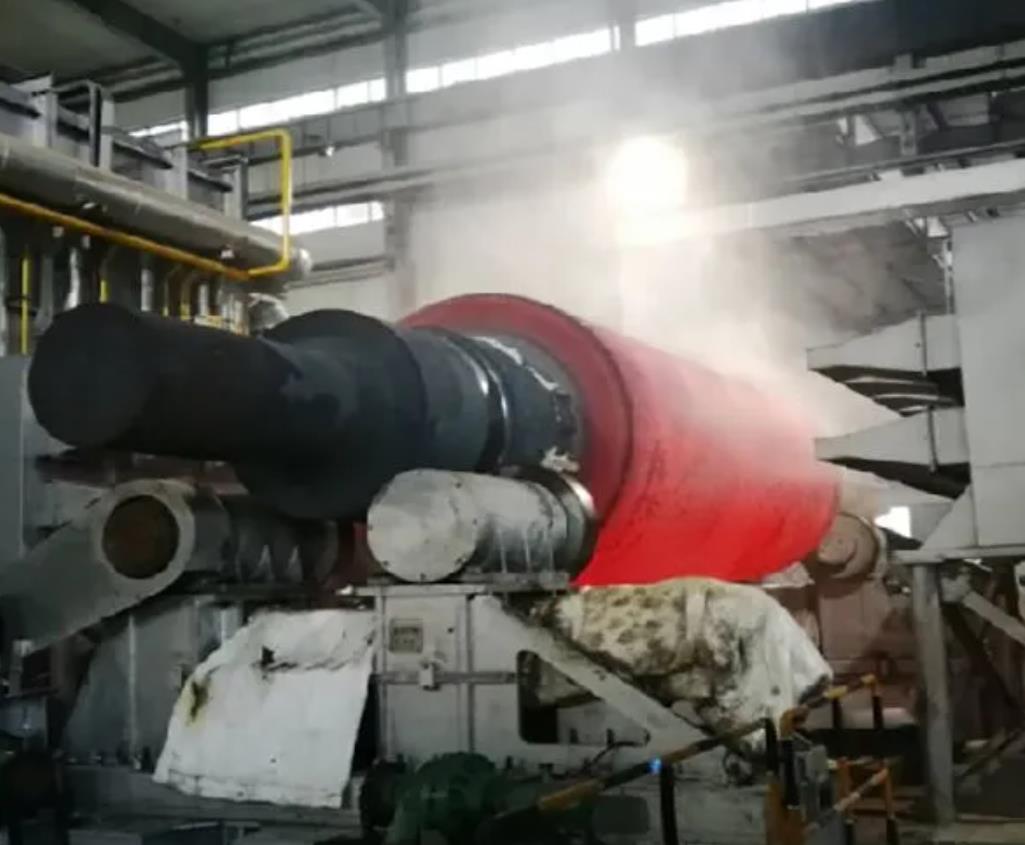Application and Selection Guide for Backup Rolls
Description: The backup roll is a critical component frequently used in mechanical equipment. Its primary function is to support and protect transmission parts to meet specific motion requirements and enhance the overall operational performance of the system.
Keywords: Rolling mill rolls, backup roll

Application of Backup Rolls
Backup rolls are widely used in industrial production. They provide reliable support for various raw materials and help improve efficiency. These rolls can be installed on different types of machinery, such as extruders, printing machines, heat sealers, separators, and conveyors, to support and stabilize the transportation of raw materials or finished products, ensuring smooth and flat movement throughout the production process.
Selection of Backup Rolls
Selecting the right backup roll is essential, as its quality directly impacts production efficiency and product quality. Key considerations include:
Specifications: Choose appropriate dimensions based on material characteristics and equipment installation space.
Material: The roll material should offer good wear and corrosion resistance to ensure long service life and smooth operation.
Surface Treatment: Proper surface treatment enhances support efficiency, reduces friction, and facilitates smoother material handling.
Backup rolls play a vital role in industrial processes. Correct selection and usage are crucial for maintaining productivity and quality. Always consider specifications, material, and surface treatment to meet operational needs.
Introduction to Backup Rolls
The backup roll is an essential component in mechanical systems, designed to support and protect transmission parts. It helps achieve specific motion requirements and improves overall transmission performance. Backup rolls can be categorized into rolling and bearing types. Rolling backup rolls offer stronger support but may introduce more friction, while bearing backup rolls reduce friction and enhance motion smoothness, though with slightly less support capacity.
Usage Precautions
When using backup rolls, first determine the appropriate specifications based on the transmission device’s speed—higher speeds generally require larger rolls. Also, decide between rolling or bearing types according to operational needs:
High-speed transmissions typically use rolling backup rolls.
Low-speed applications are better suited to bearing backup rolls.
During installation, ensure the gap between the roll and transmission parts is neither too large (affecting performance) nor too small (causing overtightening and reduced support).
Maintenance of Backup Rolls
After prolonged use, backup rolls may experience surface rust. Regular cleaning and maintenance can reduce wear and extend service life. Clean with a cloth dipped in a suitable solution, and apply lubricating oil to prevent rust and wear.
Proper installation also affects longevity. During installation, inspect the roll’s shape and specifications, and verify that gaps between the roll and transmission parts meet requirements. Correct installation enhances durability and performance.


